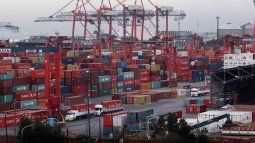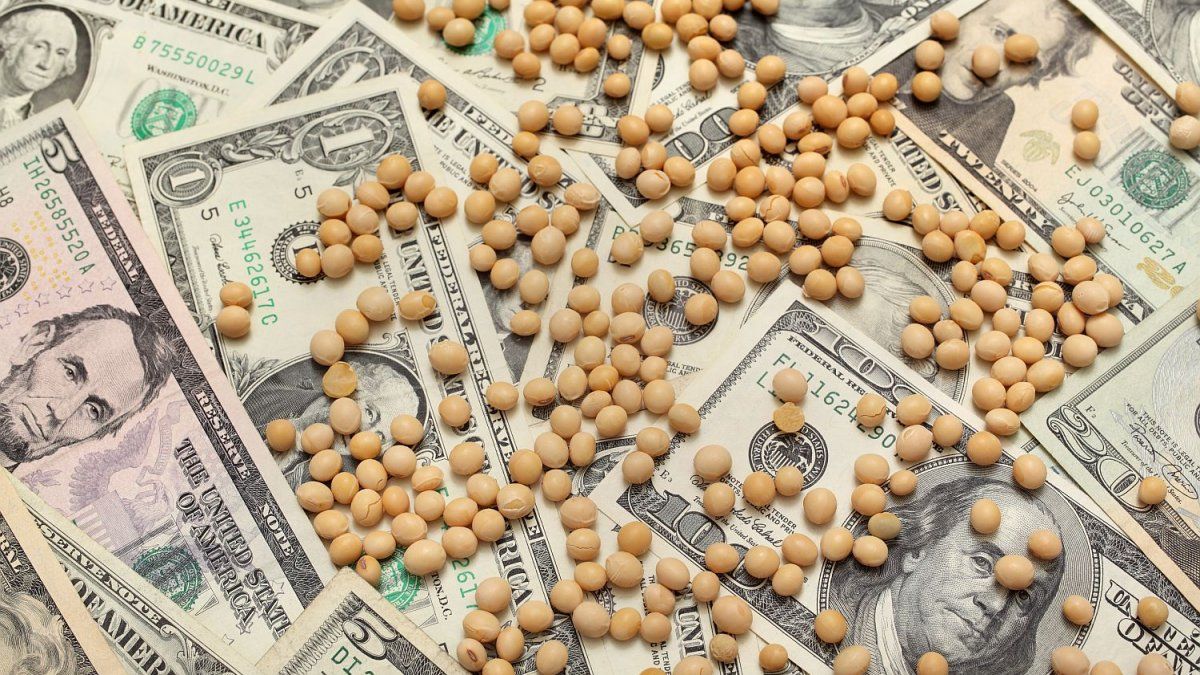The new government would benefit from what could be the second highest agricultural production in history, ranking only behind the 140 million tons of the 2018/2019 cycle.
The projected outlook for Argentine exports in 2024 is beginning to generate significant optimism in the Government of Javier Milei, marking an encouraging horizon after a year with adverse climate challenges. According to a report presented by the Rosario Stock Exchangethe country’s exports are expected to reach US$75 billion, of which it is estimated that 45% will come from grains and byproducts of the agricultural sector.
The content you want to access is exclusive to subscribers.
After facing the worst drought in decades, the country sees a favorable change in its agricultural outlook. Javier Milei, in his first year of management, would benefit for a promising projection in grain productionwhich, if confirmed, would place this season as the second with the highest production in the history of the country, only surpassed by the 2018/2019 cycle.


Dollars: the role of soybeans
The soybean complex is expected to lead Argentine exports in the 2023/2024 campaign, with estimates indicating contributions of more than US$20,000 million, coming from shipments of grains and their derivatives. This data contrasts notably with the US$13.7 billion generated in the last campaign, reflecting the negative impact of the drought on previous production.
The BCR report also highlights the recovery of corn, which is projected to contribute around US$8.3 billion, followed by the wheat complex, anticipating shipments of US$2.4 billion, double what was achieved in the last campaign. .
These data consolidate the export of grains and agricultural by-products as a fundamental pillarrepresenting approximately 45% of the total projected US$75 billion in exports from Argentina for next year 2024.
It is estimated that production for the 2023/2024 campaign could reach 137 million tons, which would mean an increase of 65% compared to the volume obtained in the previous campaign. With these figures, the Argentine field would achieve the second highest production in its history, ranking only behind the 140 million tons of the 2018/2019 cycle.
Source: Ambito




